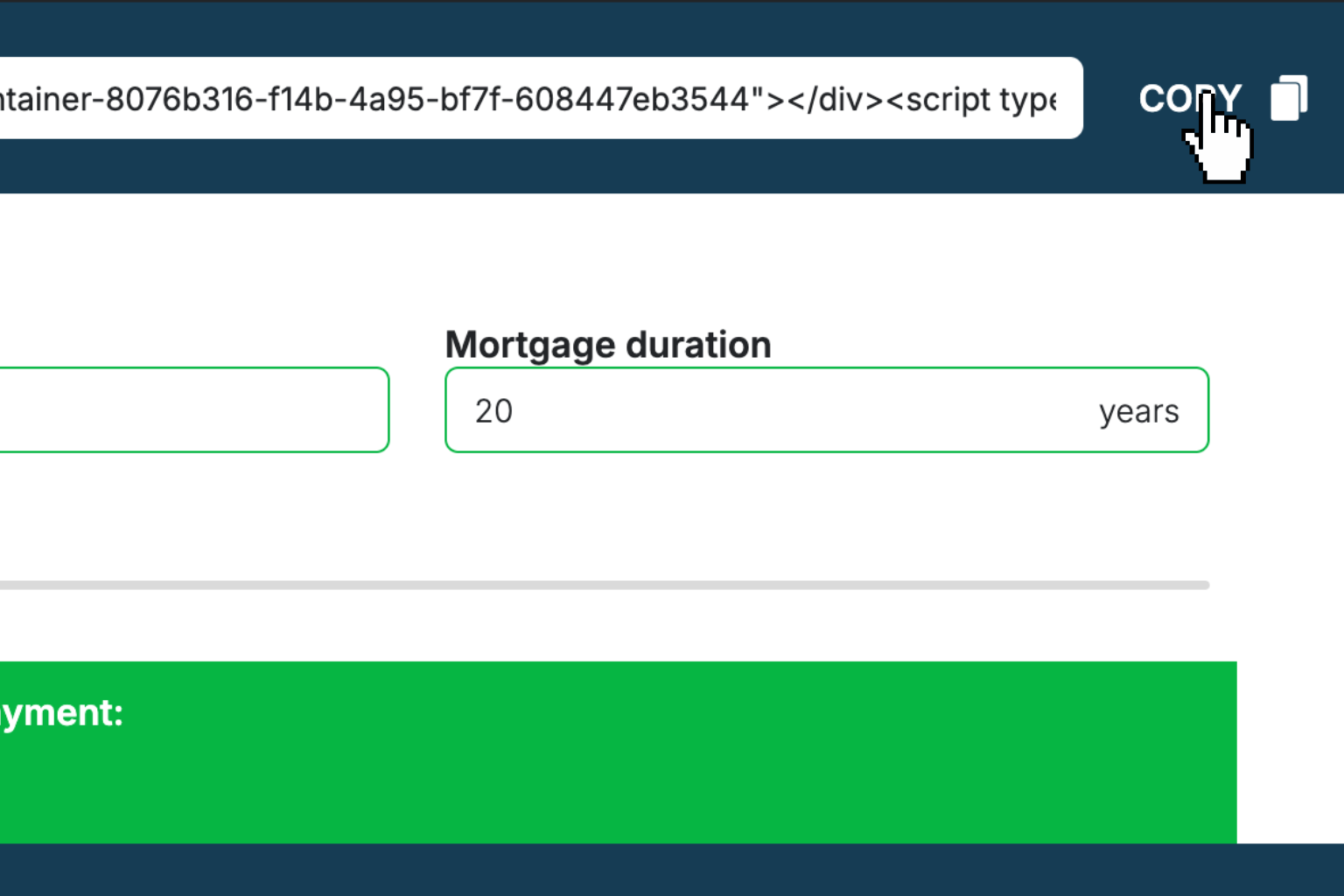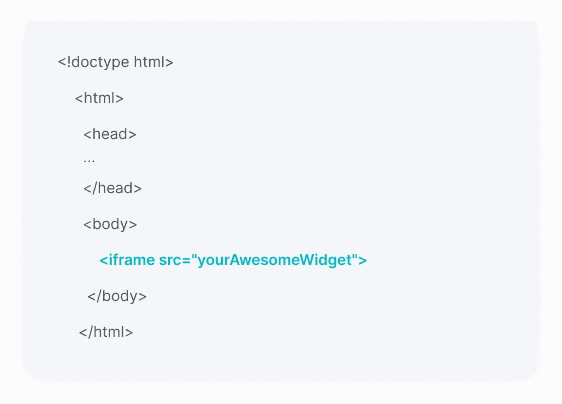CPC and CPM Calculator
Calculate your ad performance with instant CPC, CPM, and CTR metrics from your campaign data.How CPC and CPM Calculator Works
This calculator instantly analyzes your digital advertising performance using three critical metrics that help you understand how well your campaigns are performing and where your budget is going.
Cost Per Click (CPC) shows exactly how much you're paying each time someone clicks on your ad, helping you determine if your campaigns are cost-effective. Cost Per Mille (CPM) reveals what you're spending per 1,000 ad impressions, which is essential for brand awareness campaigns.
Click-Through Rate (CTR) measures how compelling your ads are by showing the percentage of people who see your ad and actually click on it. Together, these metrics give you a complete picture of your campaign's efficiency, reach, and engagement.
Whether you're running Google Ads, Facebook campaigns, or display advertising, these calculations help you optimize your ad spend, compare performance across different platforms, and make data-driven decisions about where to invest your marketing budget.
CPC and CPM Calculator Formula Breakdown
Formula
CPC = Total campaign cost ÷ Number of clicks
CPM = (Total campaign cost ÷ Number of impressions) × 1,000
CTR = (Number of clicks ÷ Number of impressions) × 100Variables Explained
- Total cost of ad campaignThe total amount you've spent or plan to spend on your advertising campaign. This includes all costs associated with running the ads across any platform (Google Ads, Facebook, Instagram, etc.). You can find this information in your advertising platform's billing section or campaign dashboard.
- Number of clicksThe total number of times people have clicked on your ads during the campaign period. This metric is available in all major advertising platforms' analytics dashboards and represents actual user engagement with your ads.
- Number of impressionsThe total number of times your ads were displayed to users, regardless of whether they clicked or not. This measures your ad's reach and visibility. You can find impression data in your campaign analytics, though note that one person may see your ad multiple times.
Example Calculation
Given:
- Total cost of ad campaign: $500
- Number of clicks: 200 clicks
- Number of impressions: 10,000
Calculation:
CPC = $500 ÷ 200 clicks = $2.50 per click
CPM = ($500 ÷ 10,000 impressions) × 1,000 = $50.00 per thousand impressions
CTR = (200 clicks ÷ 10,000 impressions) × 100 = 2.00%Result:
CPC: $2.50, CPM: $50.00, CTR: 2.00%Explanation
This example represents a typical social media advertising campaign with a modest budget. A $2.50 CPC is reasonable for many industries, the $50 CPM suggests you're targeting a competitive audience, and a 2% CTR indicates good ad engagement that's above average for most platforms.
Tips for Using CPC and CPM Calculator
- 💡Compare your results against industry benchmarks: Google Ads typically see 3-4% CTR with $1-5 CPC, while social media ads usually range from 0.5-1.5% CTR with varying CPMs by platform and audience targeting.
- 💡Track these metrics over time rather than focusing on single campaigns, as performance can vary based on seasonality, audience fatigue, and market competition - consistent monitoring helps identify trends and optimization opportunities.
- 💡Consider the relationship between these metrics: a low CTR might indicate poor ad creative or targeting, while high CPC could mean increased competition or broad targeting that needs refinement.
Make Your Own Web Calculator in 3 Simple Steps
Create Interactive Calculator
Design your interactive calculator in under 5 minutes using our drag-and-drop builder.Preview & Generate Embed Code
Review your calculator and copy the embed script when you're satisfied with the results.Embed Calculator Into Your Website
Paste the code into your website's HTML. Works on WordPress, Shopify, Wix, and any platform.
Eugen
Creator of Creative Widgets“After 10+ years in digital marketing, I’ve built calculators that drove thousands of new leads for clients. I realized one thing: calculators convert. They're killer for CRO and great for SEO. That's why I built Creative Widgets—an easy, no-code calculator builder. ”
It's free. Try it out. You'll like it.




